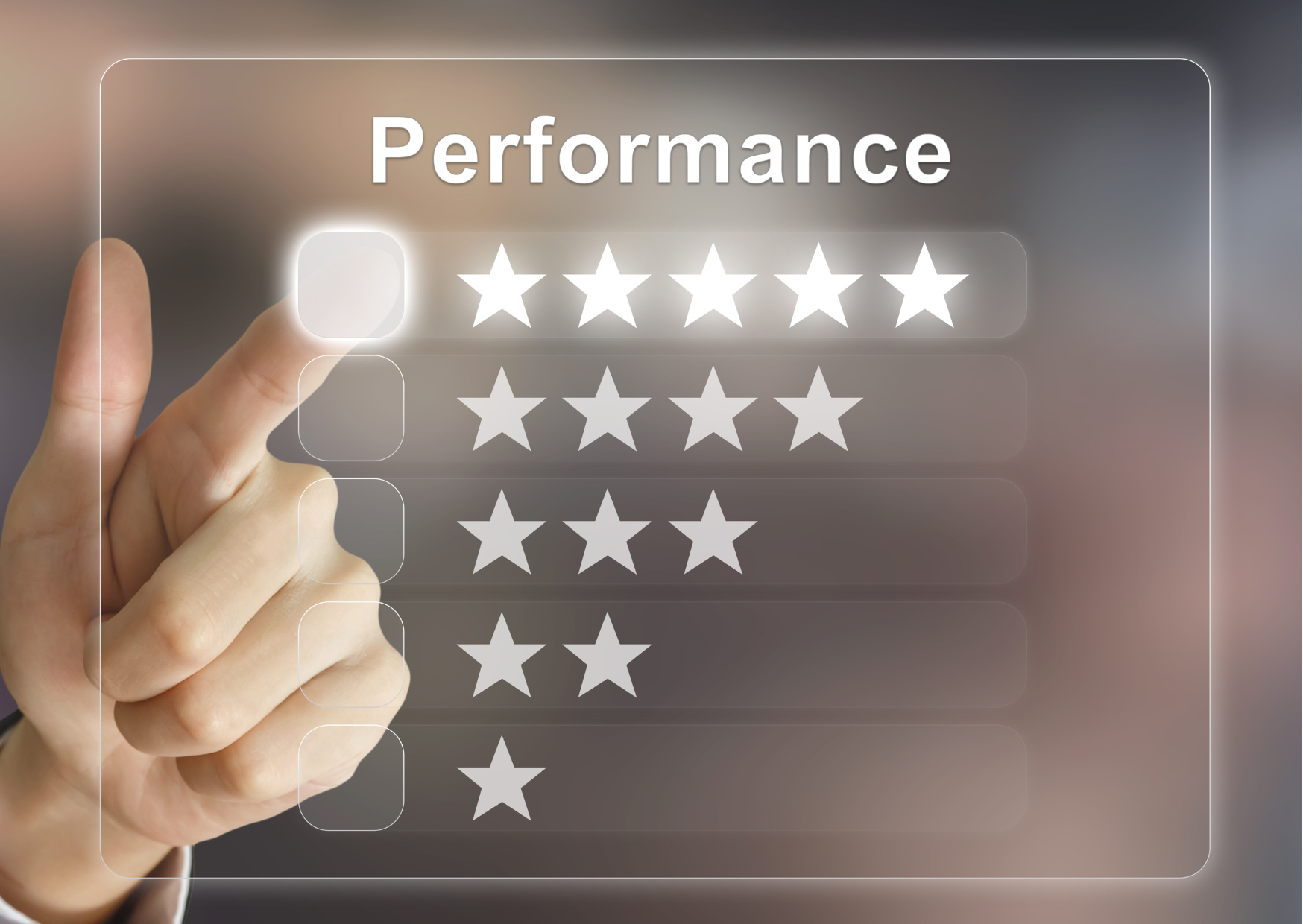What is my break even point
By Brooke Guiton
Are you interested in driving your business profitability?
One of the most effective ways to do so is to focus on your break-even point.
What is my break-even point?
Your break-even point is the point at which your business generates sufficient sales to equal your total costs. This is the point before you
commence earning profit (before tax).
Why know your break-even point?
- Understanding the break-even point of your business is an important step in exploring and setting the price point.
- Understanding and possibly reducing fixed costs.
- Assessing the feasibility of new product lines.
- Setting and reporting on sales targets.
- Understanding the risk variances in costs or price changes could have on profitability.
- Ensuring promotional pricing or discounting is cost effective and still drives a return for the business.
How do you calculate your break-even point?
The break-even point is calculated by the following formula:
Break-even point = fixed costs/(1 – variable costs/total sales)
Fixed costs (or overhead expenses) are costs incurred regardless of the amount of sales you make e.g. rent, advertising and salaries.
Variable costs are costs that can directly be traced to a sale e.g. costs you paid your supplier, commissions etc. These costs will vary
depending on your level of sales.
It is best explained by way of an example:
Kate’s flower shop made sales of $52,000, variable costs (flowers) were $31,200 and all other overheads (rent and salaries) were $15,600.
To calculate Kate’s break-even point we calculate the following formula:
Break-even point = Overhead expenses/(1-(cost of goods sold/total sales)
Break-even point = $15,600/(1-($31,200/$52,000)
Break-even point = $39,000
Kate needs to generate sales totalling $39,000 before she reaches her break-even point and starts generating profit.
If you would like assistance calculating your break-even point or increasing the profitability of your business, please contact your WDF
team.

